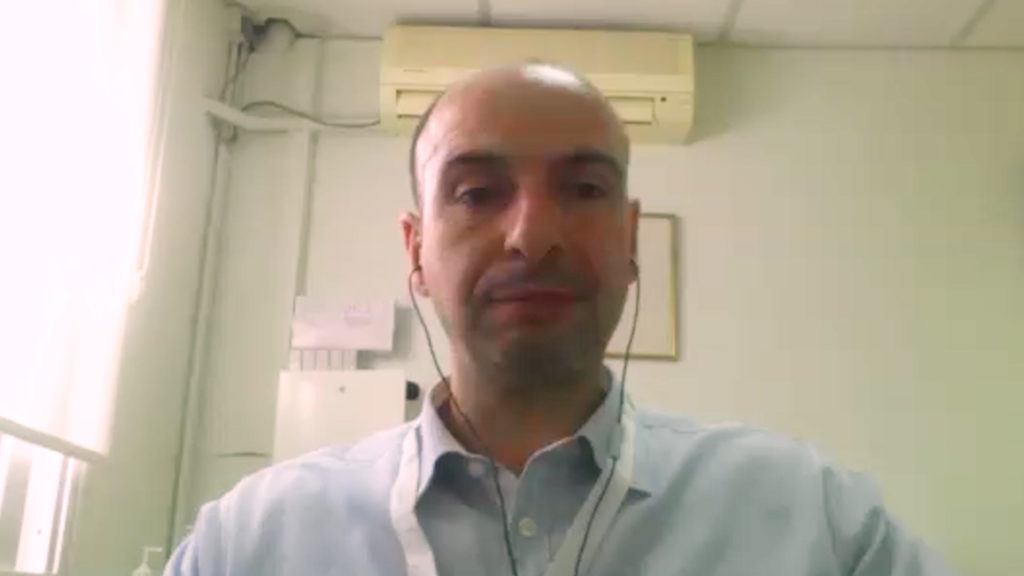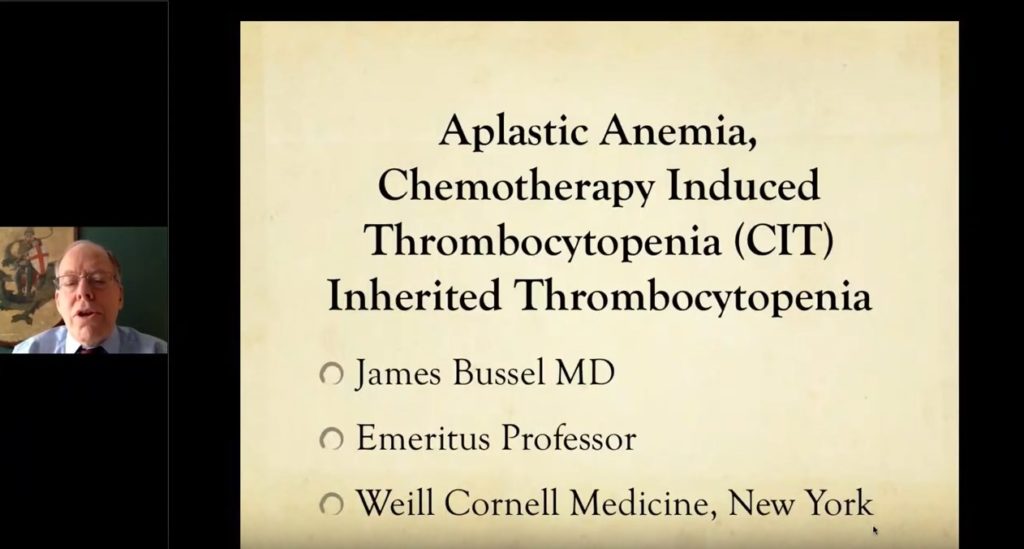Sickle cell disease (SCD) encapsulates a group of inherited disorders arising from a single amino acid substitution in the β-chain of haemoglobin. This mutation results in the production of sickle haemoglobin (HbS), which polymerises when deoxygenated and leads to red blood cell ‘sickling’. The sickling of red blood cells affects multiple systems and organs throughout the body, but can be characterised by three key clinical features: anaemia, haemolysis, and vaso-occlusion, which contribute to the acute and chronic presentation and progression of SCD.1
The incidence of SCD is expected to continue to rise in both high- and low-income countries. There are an estimated 100,000 cases of SCD in the USA; globally, 300,000 infants are born with the disease annually – this figure is expected to increase to 400,000 by 2050.1 Despite improvements in diagnosis and treatment in both infants and adults, SCD is still associated with a shorter life expectancy – by around 30 years in the USA – and a poor quality of life compared with the general population.1 Previous studies have shown physical, emotional and social activity levels in patients with SCD to be similar to people undergoing haemodialysis, and that physicians should consider patients with SCD as having a ‘severely compromised’ quality of life.2
Treatment options are currently limited for SCD, and have typically focused on the use of hydroxyurea over the past three decades, with additional blood transfusions and life-long pain management.3 A promising treatment option, voxelotor, is under investigation. Voxelotor is an oral, once-daily polymerization inhibitor that works by modulating haemoglobin’s affinity for oxygen , and consequently aims to increase haemoglobin levels and reduce haemolysis.
The HOPE trial (ClinicalTrials.gov identifier: NCT03036813) has been evaluating the efficacy and safety of voxelotor in adolescent and adult patients with SCD (aged 12–65 years). This was a randomised, controlled, double-blind phase III study, comparing outcomes with voxelotor against placebo; patients could be undergoing concurrent treatment with hydroxyurea, provided the dose had been stable for at least 90 days.4 People included in the HOPE trial had confirmed SCD (homozygous haemoglobin S, sickle haemoglobin C disease, haemoglobin Sβ-thalassemia, or other genotypic variants of SCD), had a haemoglobin level between 5.5–10.5 g per decilitre (dL) during screening, and had had between 1–10 vaso-occlusive crises in the prior 12 months.4
Trial participants were randomly assigned (1:1:1) to receive voxelotor 1,500 mg/day or 900 mg/day, or placebo for at least 24 weeks. The primary endpoint was the percentage of patients who achieved a ‘haemoglobin response’, which was defined as a >1.0 g/dL increase in haemoglobin from baseline to week 24.4 This endpoint represents not only a statistical improvement, but also surpasses a clinical threshold at which it should provide noticeable benefit in disease management.5 Secondary endpoints included change from baseline to week 24 in measures of haemolysis (absolute and percent reticulocyte counts, indirect bilirubin levels, and lactate dehydrogenase levels) and safety.4
Preliminary study results based on a per-protocol analysis were previously shared at the 60th meeting of the American Society of Hematology.5 Full trial findings using the intention-to-treat analysis were recently published in the New England Journal of Medicine and presented concurrently at the recent European Hematology Association meeting.4,5
Overall, 274 patients were enrolled across 12 countries. Baseline characteristics were relatively evenly distributed between treatment groups; most participants had sickle cell anaemia and approximately two-thirds of the trial population were receiving hydroxyurea treatment at baseline.
In the higher-dose voxelotor arm, 51% (46 of 90) patients achieved a haemoglobin response – significantly more than the 7% (6 of 92; p<0.001) in the placebo group – and a mean increase in haemoglobin levels of 1.1 g/dL, compared with a -0.1 g/dL change with placebo. In the lower dose voxelotor group, 33% (30 of 90) achieved a response, with a mean increase of 0.6 g/dL in haemoglobin level. Importantly, the haemoglobin response with high-dose voxelotor was higher than placebo regardless of baseline hydroxyurea therapy or severity of patient anaemia.4 The high-dose voxelotor treatment group demonstrated significant reductions in indirect bilirubin levels and percentage of reticulocytes, and numerical, but non-significant, decreases in absolute reticulocyte count and lactate dehydrogenase levels, versus placebo.4
In terms of reducing rate of vaso-occlusive crises, incidence was lower in the high-dose voxelotor arm (annualised incidence of 2.77 crises per person per year) and in the low-dose voxelotor arm (2.76), compared with placebo (3.19). There was an overall trend towards lower crises incidence over time with voxelotor treatment versus placebo, and high-dose intervention had a more pronounced effect in patients with 2 or more recent crises.4
Voxelotor was generally well-tolerated in the HOPE trial, across the median treatment time of 42.6 week. Adverse events (AEs) not related to SCD were observed in 94% of patients in the high-dose arm, 93% of the low-dose arm and 89% of the placebo arm. Most AEs were mild in severity and the most common were headache and diarrhoea. Serious AEs and discontinuations were evenly distributed, and study investigators assessed they were generally unrelated to treatment drug or placebo. Events related to SCD were not significantly different between treatment cohorts.4
These findings suggest that binding HbS with voxelotor, which stabilises oxygenated HbS and thus inhibits polymerisation, has meaningful benefits in the management of SCD. Treatment with voxelotor has been shown to increase haemoglobin levels, decrease haemolysis and reduce the worsening of anaemia at clinically relevant levels. Longer-term studies are welcomed to help translate these findings into potential benefits on morbidity and mortality in the population of people with SCD.
References
- Piel FB, Steinberg MH, Rees, DC. Sickle cell disease. N Engl J Med. 2017;376:1561–73.
- McClishDK, Penberthy LT, Bovbjerg VE, et al. Health related quality of life in sickle cell patients: The PiSCES project. Health Qual Life Outcomes. 2005;3:50.
- Agrawal RK, Patel RK, Shah V, et al. Hydroxyurea in sickle cell disease: drug review. Indian J Hematol Blood Transfus. 2014;30:91–6.
- Vichinsky E, Hoppe CC, Ataga KI, et al. A phase 3 randomized trial of voxelotor in sickle cell disease. N Engl J Med. 2019. doi: 10.1056/NEJMoa1903212 [Epub ahead of print].
- Vichinsky E, Hoppe CC, Ataga KI, et al. Results from the randomized placebo-controlled phase 3 hope trial of voxelotor in adults and adolescents with sickle cell disease. Abstract and video presentation. EHA Library. 2019;267348;S147.













